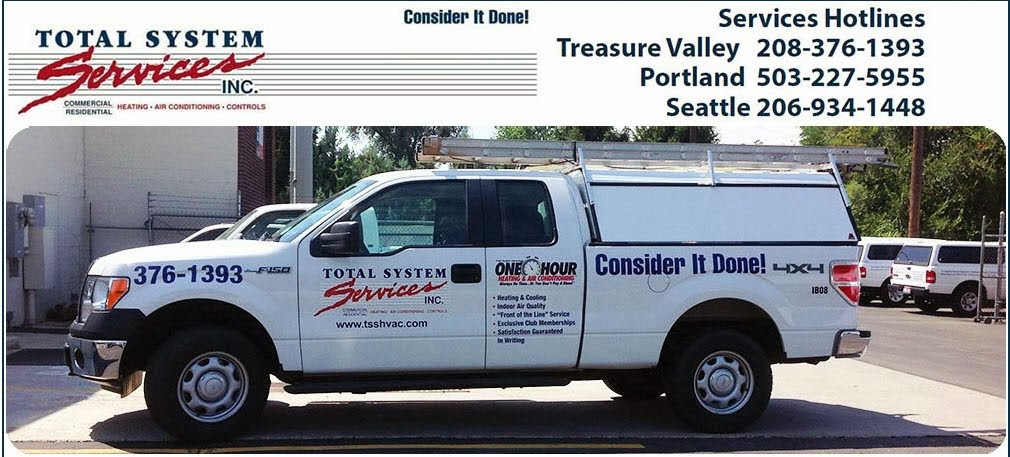 Poor
air quality has made its way to the front pages of the news. Consistently you
can find articles describing various pollutants alive and well in buildings and
facilities all across America, ones that ultimately are making people sick.
Poor
air quality has made its way to the front pages of the news. Consistently you
can find articles describing various pollutants alive and well in buildings and
facilities all across America, ones that ultimately are making people sick.
Is
there a reason to be concerned about how your building is impacted?
Overall,
today’s buildings are being built and remodeled to provide top notch energy
efficiency throughout. Windows are sealed and fresh air is scarce – all for the
sake of trying to create a perfect environment on the inside of the building.
And that’s when things start to happen.
High
rises, particularly those over parking garages or loading docks, can take in
carbon monoxide and carry it into the building through the fresh air intake
vents. If smokers are close to the building, the air intake vent can breath it
in. Printers and fax machines emit ozone. Chemicals can linger for days from
cleaning and pesticide use both inside and outside the building. Add in
building renovations as tenants move in and out, and you can include
construction dust, paint fumes, and offgassing fumes from carpets and
furniture, and very quickly you can have a complete chemical stew within your
building.
Depending
on your current HVAC equipment, it simply may not be pumping in enough fresh
air to overcompensate for all that is happening with the air inside. And with
people spending 8 hours a day, 40 hours per week or more in these conditions,
things begin to happen. Headaches, nausea, dizziness, itchy eyes, allergies,
and respiratory illnesses are among many problems being reported today.
Overall,
experts have found two distinct types of problems: building related diseases,
and sick building syndrome.
Building
Related Diseases
Building
related diseases are events that can be traced to one specific problem. Most
illnesses in the workplace are simple cases of cold or flu. When one person
brings it in, the disease can be spread throughout the office via the
ventilation system.
If
sickness seems to be spreading throughout the building, the first thing to
consider is the speed at which it travels. If a cold or flu seems to be
spreading in days or even weeks, it could simply be the virus is moving its way
through the population in natural progression.
Sick
Building Syndrome
More
common than illnesses are complaints that have no direct cause, and seem to
last for long periods of time. People will complain of sick building syndrome
symptoms – fatigue, headache, irritated eyes, itchy skin, etc. These symptoms
will disappear when a person spends time away from the building, and reappear
with prolonged activity within the building. And when a person visits the
doctor, nothing can be detected, and little can be done to reduce their
suffering. In some cases, the symptoms become so severe, a person cannot return
to work within the building.
While
a lot of research is being done on why sick building syndrome is on the rise,
it’s still speculation on what the true cause really is. Some say it’s related
to highly insulated buildings with lower inflow requirements of air through the
ventilation system. Some blame it on simple problems with the humidity levels
or adjusting heat levels. Some say it’s a combination of things, including
offgassing from chemicals releasing into the air.
Whatever
the cause, the best place to start to eliminate the problem altogether is
focusing in on improving your air quality overall. And that begins with making
sure your HVAC system, including your ventilation system, is at its optimal
level all year through.



